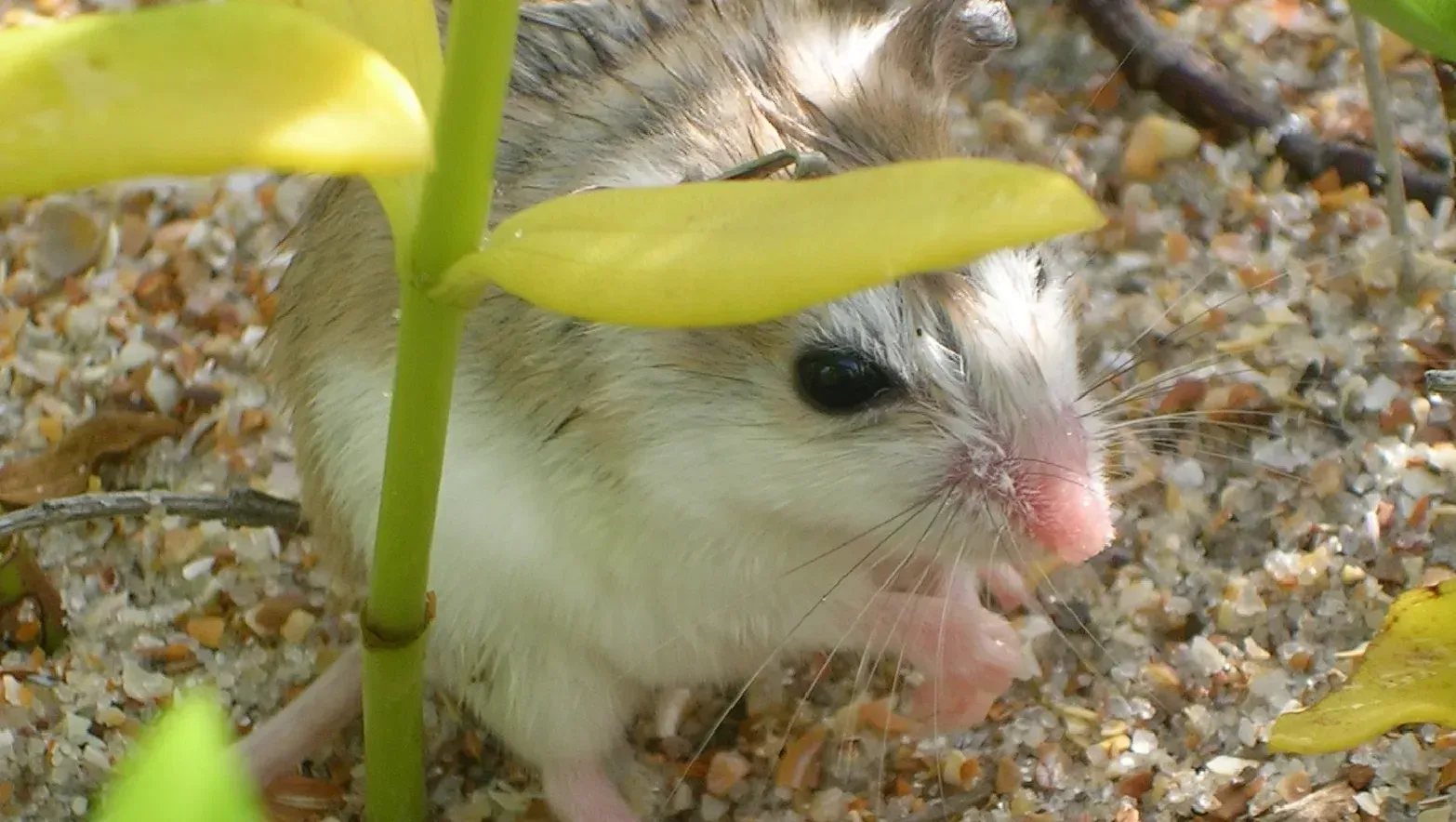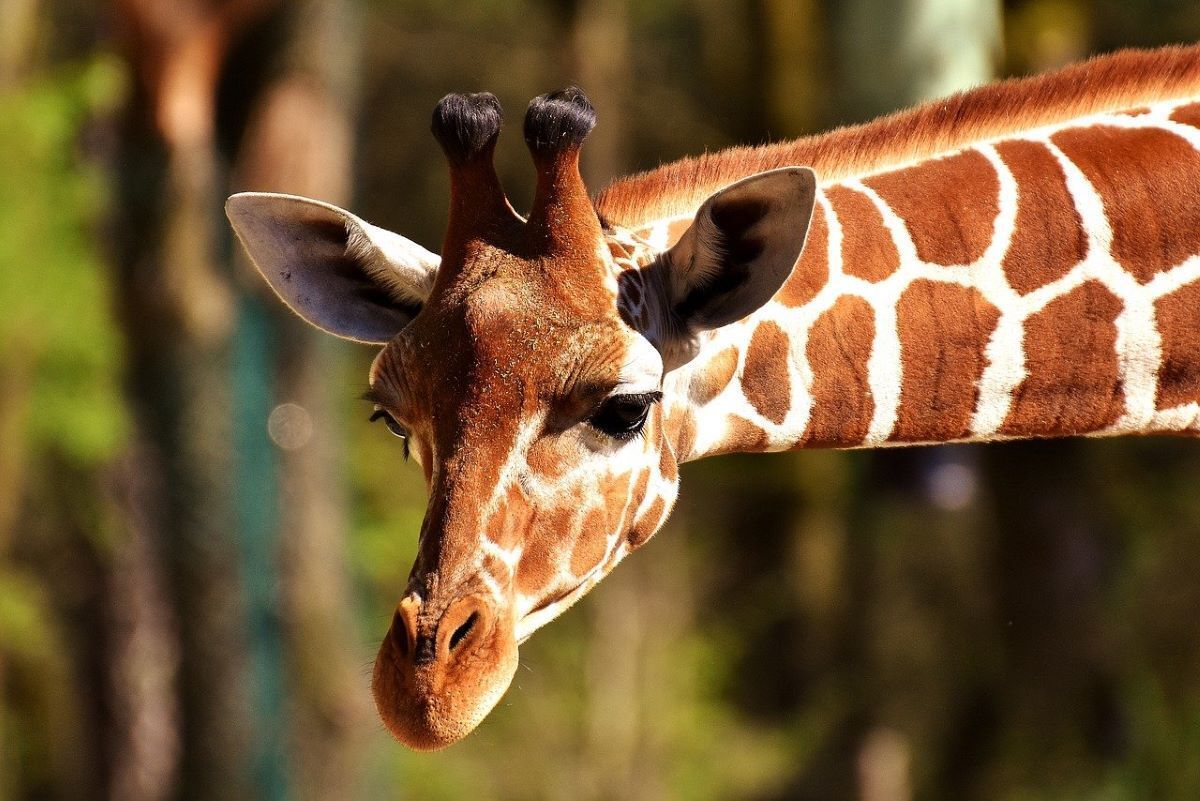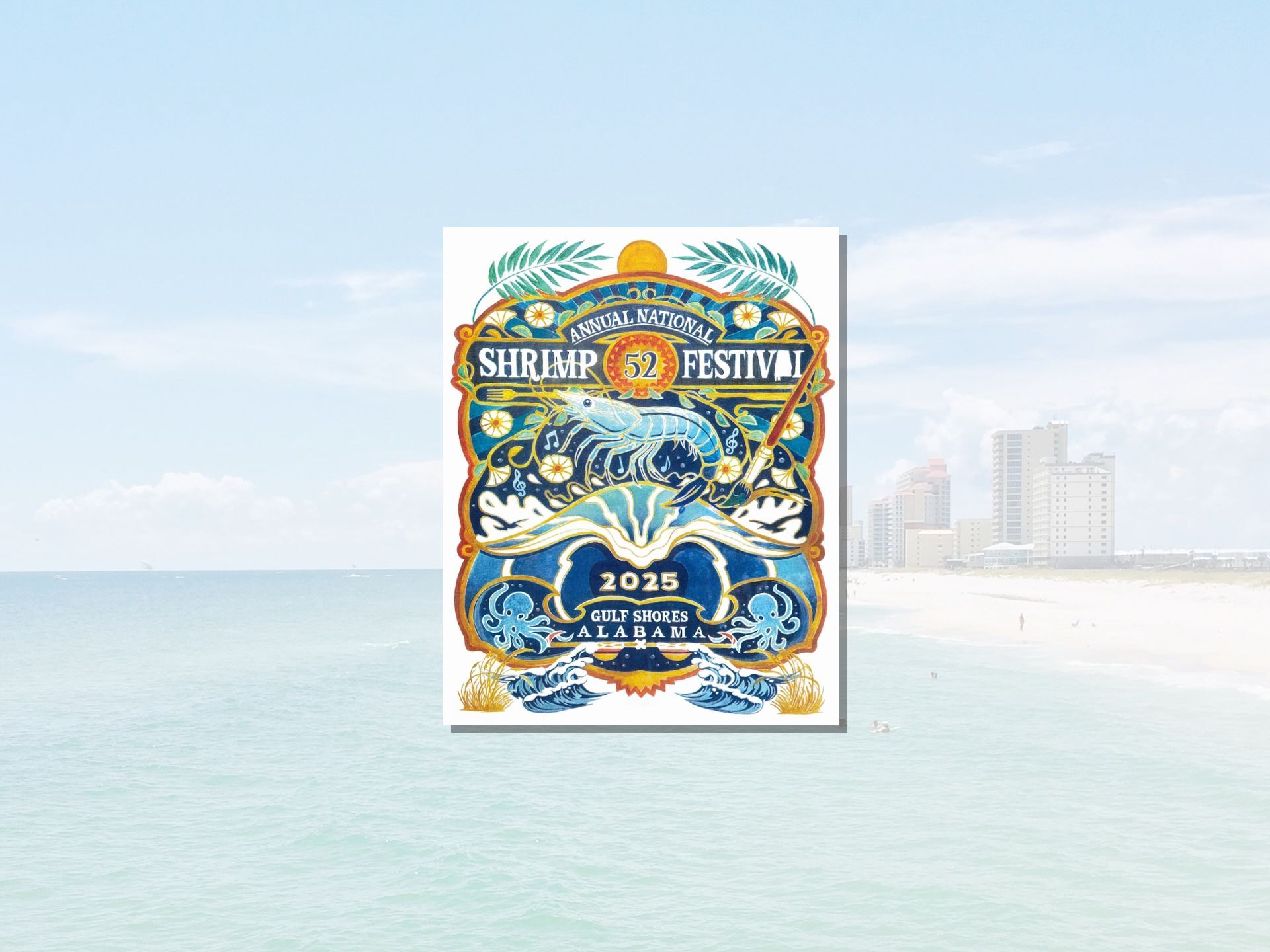Safeguarding the Alabama Beach Mouse
Puffer Thompson • March 28, 2024
The Alabama Beach Mouse has become famous over the past decades

They may be tiny, but the Alabama Beach Mouse plays a huge role in maintaining the ecological balance of our coastal ecosystem. By making their homes in the sandy dunes, they contribute to the overall health of lower Alabama beaches in multiple ways, including:
Seed Dispersal
As they forage for food, they inadvertently transport seeds from various plant species, helping to spread vegetation and maintain plant diversity along the dunes and other coastal areas.
Insect Control
Because they prey on insects, they help regulate their populations and act as natural pest control.
Indicator Species
Their presence and abundance serve as indicators of overall environmental health because their decline or disappearance may signal underlying ecological problems such as habitat degradation or pollution.
Ecosystem Health
By maintaining the integrity of the dune ecosystem, the Alabama Beach Mouse contributes to the overall health and stability of our beaches, including shoreline protection, storm surge mitigation, and habitat for a wide range of plants and animals.
However, the Alabama Beach Mouse faces numerous challenges to its survival, primarily due to habitat loss caused by human activities. Urban development, infrastructure projects, and recreational activities leave it vulnerable to extinction. Additionally, the destruction of dunes through activities such as sand mining and vegetation removal further threatens the mouse's survival.
Thankfully, conservation efforts have been initiated in our area involving collaboration between government agencies, conservation organizations, researchers, and local communities. These efforts include everything from the creation of critical habitat zones and restrictions on development, to habitat restoration projects such as dune stabilization, native vegetation planting, and erosion control measures.
Education and outreach programs are also instrumental in raising awareness about the importance of conserving the Alabama beach mouse and its habitat. And to help you play a part in its protection, the U.S. Fish and Wildlife Service lists the following steps you can take:
Install snow fences to aid in rebuilding dunes.- Plant sea oats, bluestem, and other native coastal vegetation to restore dunes. Do not plant species of vegetation that are not naturally found in the coastal dunes.
- Maintain habitat character during construction and land development.
- Provide dune walkovers for beach access.
- Control outdoor cats in beach mouse habitat.
- Properly dispose of garbage in rodent-proof cans with tight-fitting lids to prevent house mice or other rodent populations from becoming established and competing with beach mice.
- Avoid using poisons, snap traps, glue boards and similar techniques outdoors in beach mouse habitat.
Protecting this species is not only essential for its survival, but also for the preservation of the coastal paradise and the services it provides to both locals and tourists alike. Through collaborative efforts, we can work together to safeguard this tiny guardian of the dunes and preserve the ecological integrity of lower Alabama beaches for generations to come.
Recent Posts

























